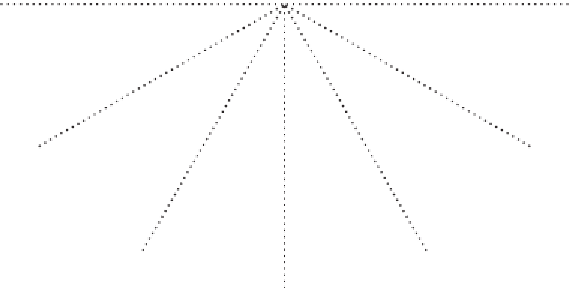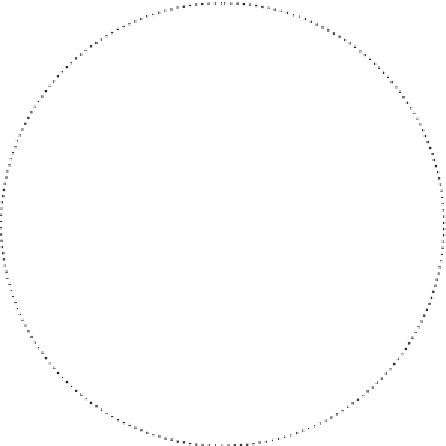Geoscience Reference
In-Depth Information
180
-150
150
-120
120
-90
90
90
80
-60
60
70
-30
30
0
60
50
40
Figure 4.22.
Spatial pattern of the linear correlation between the winter (November-
February) averaged AO index and surface air temperature, based in data from the
NCEP/NCAR reanalysis for the 1960-2010 period (courtesy of A.P. Barrett, NSIDC,
Boulder, CO).
different modes, but as elements of a single, inherently annular modal structure that
are physically linked through most of the depth of the atmosphere.
The winter AO resembles a similar mode in the Southern Hemisphere which is
more symmetric from the stratosphere through to the surface. Put differently, its
regional expressions are not as pronounced. The stronger asymmetry of the winter
AO (seen especially in terms of the focus of the strong Arctic center of action to near
the Icelandic Low) is viewed in terms of distortions on the inherently annular struc-
ture driven by the land sea distribution (the presence of a warm ocean extending to
high northern latitudes) and orography. Were it not for these distorting influences,
the AO would more closely resemble its more symmetric Southern Hemisphere
counterpart. In turn, variations in the phase and strength of the winter AO, seen in
terms of mass exchanges between the Arctic and mid-latitudes, are viewed in terms
of controls from the stratosphere. Although the details of such controls are still not
well understood, one appears to involve the sudden stratospheric warmings. Such
warmings weaken or even reverse the stratospheric zonal winds. This in turn alters
conditions for upward propagation of planetary waves, which ultimately may be
seen in transitions from the positive to negative mode of the AO.





























































































































































































































